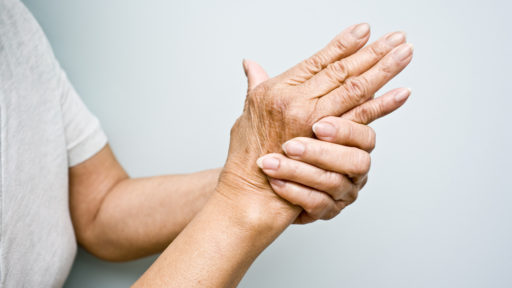Carpal tunnel syndrome is a pressure on the median nerve, which is the nerve in the wrist that supplies feeling and movement to parts of the hand. The area in your wrist where the nerve enters the hand is called the carpal tunnel.
Risk Factors and Symptoms of Carpal Tunnel
The condition is common in people who perform repetitive motions of the hand and wrist. Typing on a keyboard is one of the most common causes of carpal tunnel. The condition is also more common in women than men and most often occurs in people who are 30 to 60 years old. Symptoms include:
- Numbness or tingling in the thumb and next two or three fingers of one or both hands
- Numbness or tingling in the palm of the hand
- Pain extending to the elbow
- Problems with fine finger movements
- Pain in the wrist or hand (one or both)
Diagnosis and Treatment
A physical examination of the hands, arms, shoulders and neck can help determine if you have carpal tunnel syndrome. Doctors can also use specific tests to try to produce the symptoms of carpal tunnel to be sure of the diagnosis.
Treatment varies on your individual condition. If there is an underlying condition, that will be treated first. Many times the initial treatment for carpal tunnel will be simply resting your hand or wrist for at least two weeks and avoiding any activities that may worsen symptoms. Treatment does not always mean surgery; it could be medication or exercise. However, surgery can be the best option depending on the severity of your condition.


















